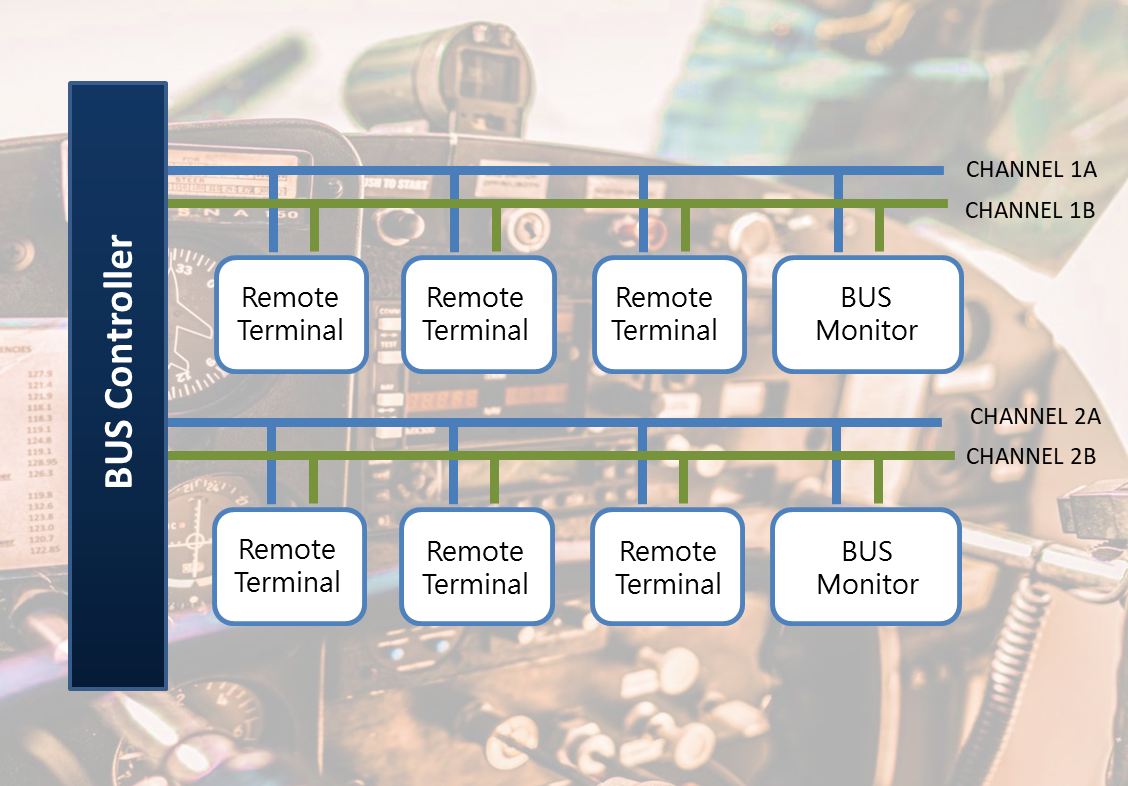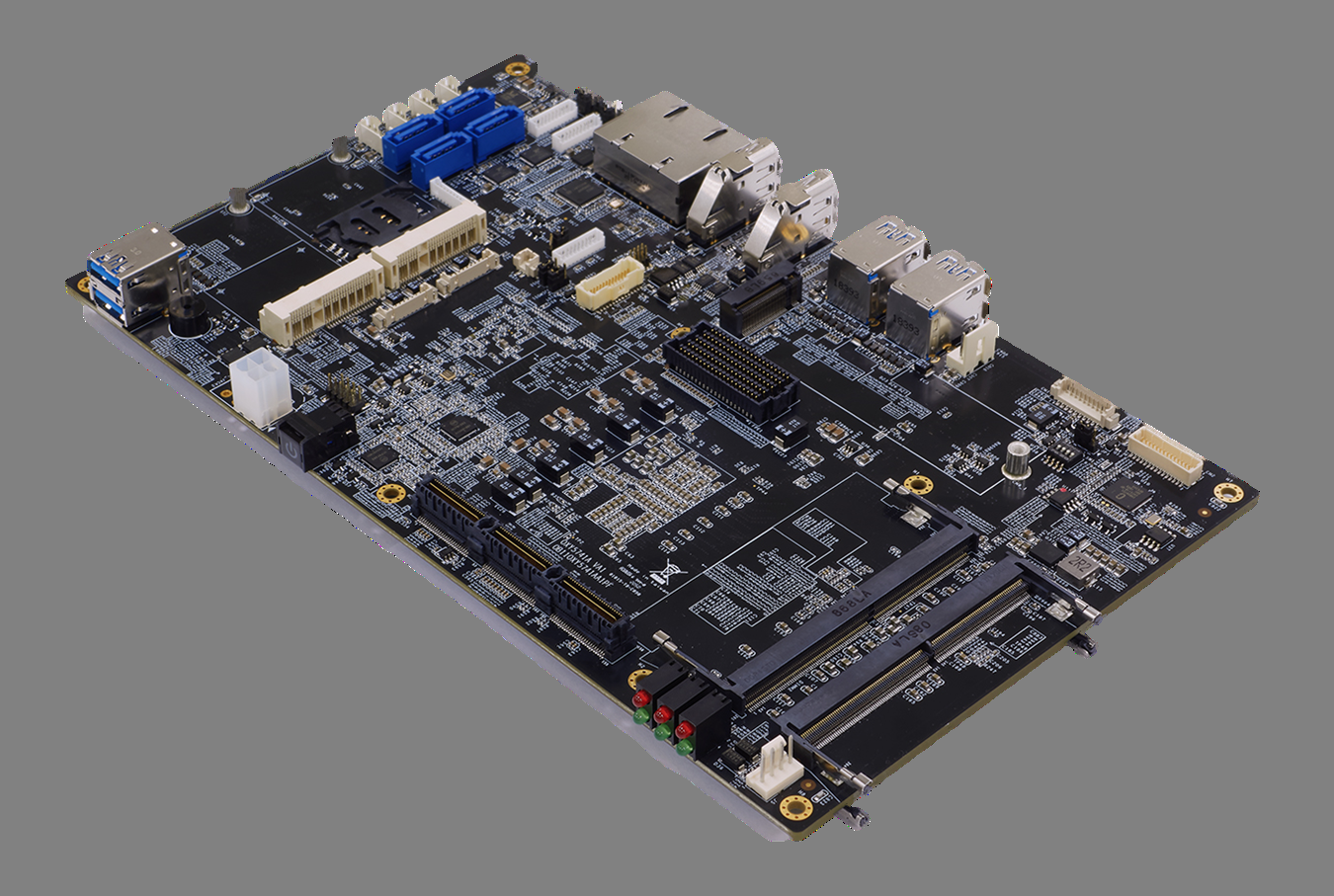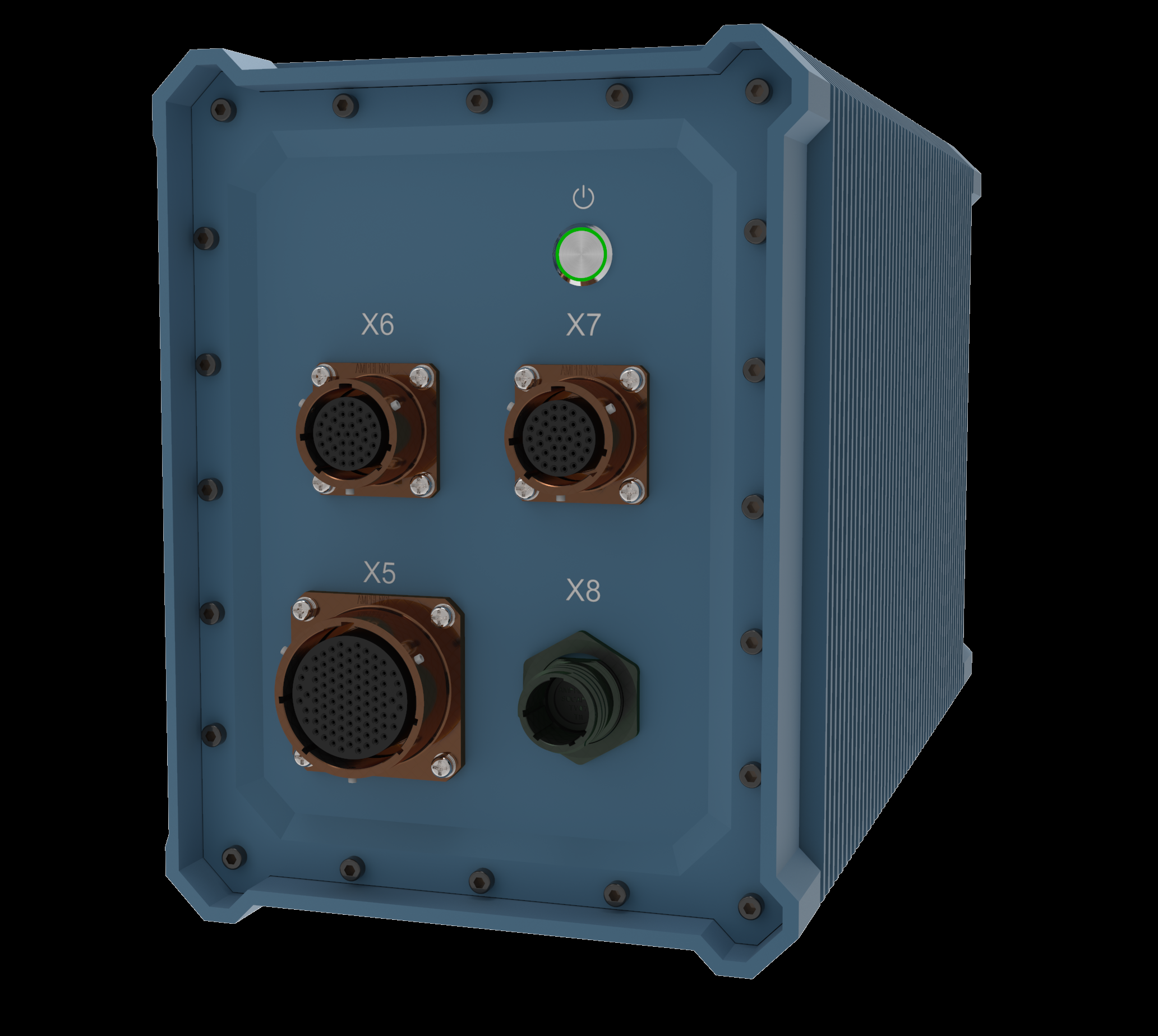Technical Profile
- Introduction
ATR (Air Transport Rack) is a standard that specifies form fit and function of enclosures designed to protect the main internal system. This military enclosure must meet EMI / EMC requirements to prevent noise interference, provide lightning protection and be isolated from small particle contaminants. So, it can be deployed in unmanned aerial vehicles, fighters, and helicopters. To satisfy diverse conditions, ATR chassis are available in different sizes—1/2, 3/4 and Full ATR sizes. Based on 3/4 ATR size, 7Starlake launches a new Rugged Airborne Mission Computer F40C.

- ARINC 429
- ARINC 429 is the worldwide standard for data transmission in aircraft electronics. It is adopted mostly for commercial aircraft and transport aircraft network protocol standard. Communications, guidance, altitude, altitude reference, flight management, and more are all needed to work together to accomplish a successful flight. The physical connection wires are twisted pairs carrying balanced differential signaling.

- MIL-STD-1553
MIL STD 1553 is US Military Department of Defence standard that was initially published in 1973.
MIL STD 1553 is a differential serial bus. Also, it is a dual redundant data bus. Each node is connected to each of the redundant buses. Secondly, if one should fail, communications can still continue.
There are three types of operating nodes for 1553 Bus:
•A Bus Controller initiates all messages, traffic and commands the remote terminals to transmit/receive data.•Remote Terminal interfaces the 1553 Bus and Sub System Bridge to other 1553 Buses. It responds to the bus controller.•The Bus Monitor listens to messages and records them.
- IT Block Diagram

- Features
Computing Features
– Core i7-9850HE (up to 4.40 GHz),45W
– Core i7-9850HL (up to 4.10 GHz), 25W
– Xeon E-2276ME (up to 4.50 GHz), 45W
– Xeon E-2276ML (up to 4.20 GHz), 25W
– 4 x 260 Pin DDR4 SO-DIMM (up to 128GB)
– Jetson AGX Orin™ AI supercomputer
NVIDIA Ampere Architecture
2048 NVIDIA® CUDA® cores
– 1 x M.2 2280 M-key (SATA/PCIe 3.0×4 NVMe)
– 2 x Full size (USB / PCIe and micro SIM Card)
I/O and Expansion Options
– X1 : One USB 3.0 with D38999 connector
– X2 : One USB 3.0 with D38999 connector
– X3 : Two USB 2.0 with 12pin D38999 connector
– X4 : Four Gigabit Ethernet with 35pin D38999 connector
– SMA : Four SMA connectors for internal encoder
– X5 : Three DVI with 55pin D38999 connector
– X6 : Three RS-232 with 35pin D38999 connector
– X7 : Three RS-232/422/485 with 35pin D38999 connector
– X8 : One 10V~33V DC-in with D38999 connectorEnvironment
– MIL-STD-704 / 461 /1275 wide range 10-33V DC power module
– MIL-STD-810, 461, 1275, IP-68 compliant
– Operates up to extended temp -40°C to +55°C
- System main board : EBX SBC-OXY5741A

The EBX SBC OXY5741A provides extraordinary computing performance under extreme environment. It is powered by 9th / 8th Gen Intel® Xeon® / Core ™. Featuring Intel’s Xeon E-2276ML and ruggedized open-standard EBX architecture, PERFECTRON EBX series is built tentatively and triumphs on environmental testing. It still operates effectively under harsh environments ranging from -40 to 85°C so that it is a perfect solution for defence, transportation, and automation applications. More key functions such as stackable PCIe/104 expansion ability, flexible I/O, and NVMe Gen 3.0 PCIex4 for fast and large capacity storage, all contribute to this versatile architecture that can meet clients’ needs.





